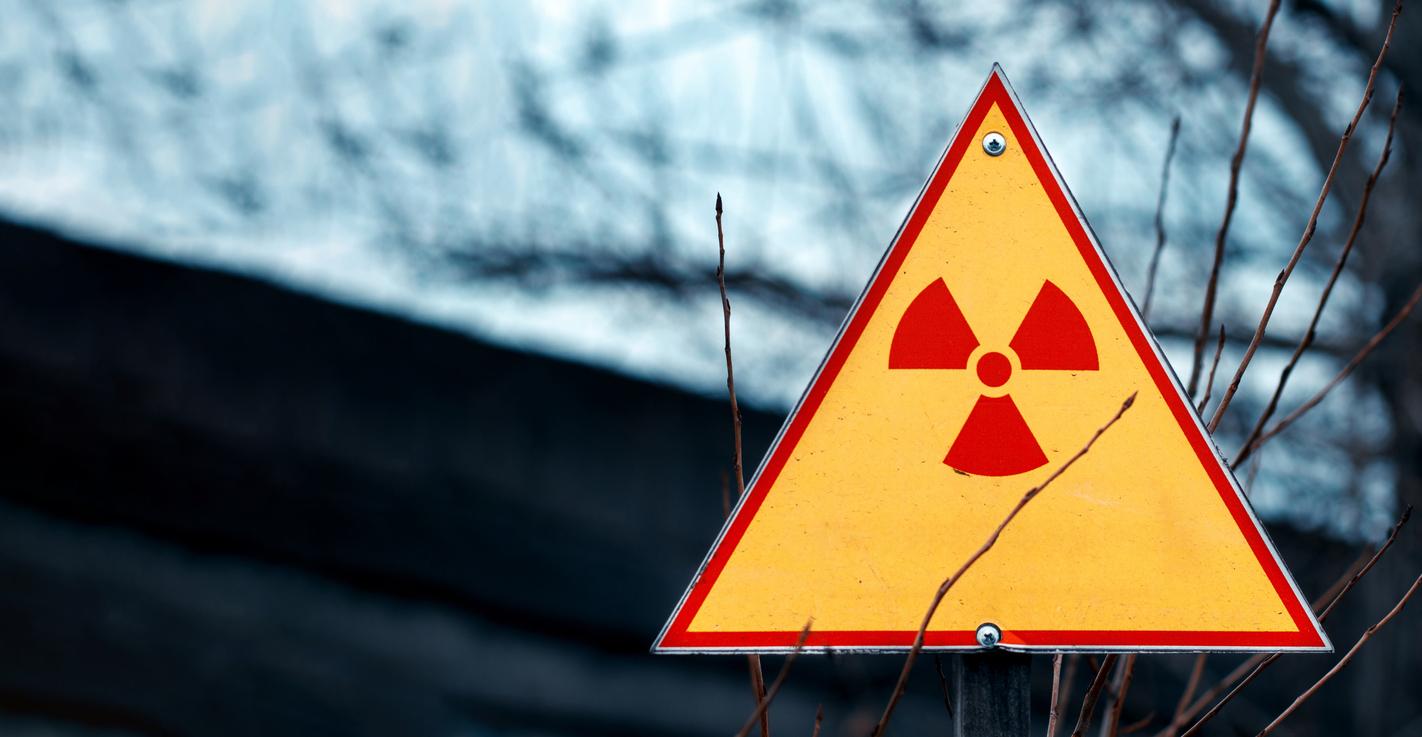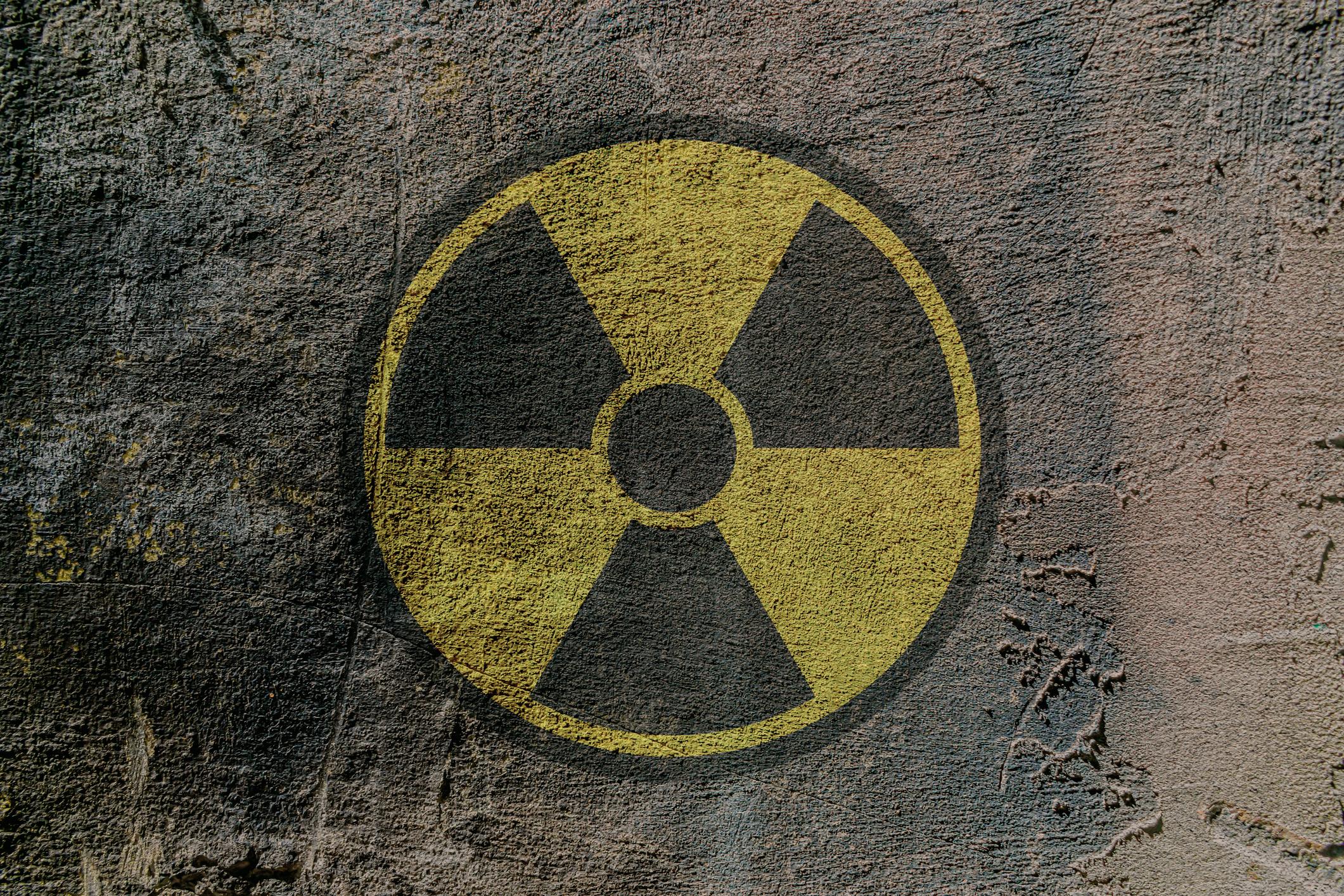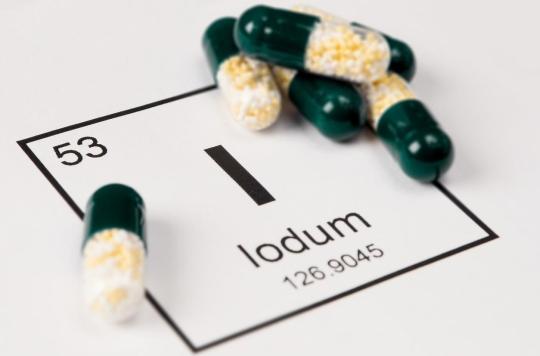American researchers have developed a test capable, with a single drop of blood, of identifying the biomarkers of illnesses due to accidental exposure to radiation.

- A new blood test is able to measure the extent of radiation damage to the bone marrow in minutes.
- This new device could be of great help in the event of a new natural disaster or to prevent irreversible damage in patients undergoing radiotherapy.
Acute radiation syndrome is a condition caused by exposure to high doses of ionizing radiation. It is most often caused by accidental exposure to radiation, as was the case in Hiroshima and Nagasaki in 1945, or during the explosion of the Chernobyl power plant in 1986.
The ionizing rays penetrate in a very short time – generally a few minutes – in the body but cause a set of potentially fatal symptoms, leading to early and irreversible damage on the bone marrow, gastrointestinal system, while effects on the pulmonary, cardiovascular and central nervous systems may be delayed. In the most severe cases, death can occur within days, but most patients die within months of exposure to radiation.
Currently, there is only one test, essential for quickly identifying the severity of exposure and ensuring patients receive the best treatments. This is a dicentric chromosomal test, which measures chromosomal abnormalities. The latter, however, requires three to four days to obtain results. However, that may soon change.
A fast and accurate test
According to new work by researchers at Ohio State University (USA) and published in Science Translational Medicinea new blood test to measure exposure to ionizing radiation is being studied.
“This new test uses a single drop of blood — taken with a simple finger prick — and results are ready in hours. It is fast, scalable and can serve as a ‘point of care’ diagnostic tool for real-time assessment to screen large numbers of individuals in a short time.”, explains Professor Naduparambil K. Jacob, who participated in the study.
How does this new test work? This allows the comparison of the expression of two small molecules in the blood. Called microRNAs, they are biomarkers that measure the extent of radiation damage to the bone marrow. When exposed to radiation, microRNA-150 decreases while the one called microRNA-23a does not change. Comparing these two molecular measurements allows scientists to quantify the actual radiation dose absorbed, and therefore the overall risk of exposure.
“We measure ionizing radiation in gray. People who are exposed to two grays need to be identified and treated, and it is predicted that if you are exposed to about four grays all over your body, without timely treatment, there is a 50% chance of survival.”explains Professor Jacob.
Valuable help in the event of a nuclear disaster
According to the scientists, such a test could be of crucial importance in the event of a new nuclear disaster to identify military personnel and civilians at risk who need immediate treatment. It is also relevant for cancer patients, particularly those who have had bone marrow transplants and others undergoing intense radiation therapy, where both overdose and underdose are of concern.
“Some patients develop major problems like thrombocytopenia and neutropenia as a result of radiation therapy. We cannot examine a patient and determine the amount of radiation it has absorbed — but the consequences can be cumulative. Therefore, radiation sickness can occur weeks or months after radiation therapyexplains Naduparambil K. Jacob. With further research, this new testing method could potentially help oncologists measure — in real time — absorbed radiation and intervene before radiation sickness manifests itself.”
.
















